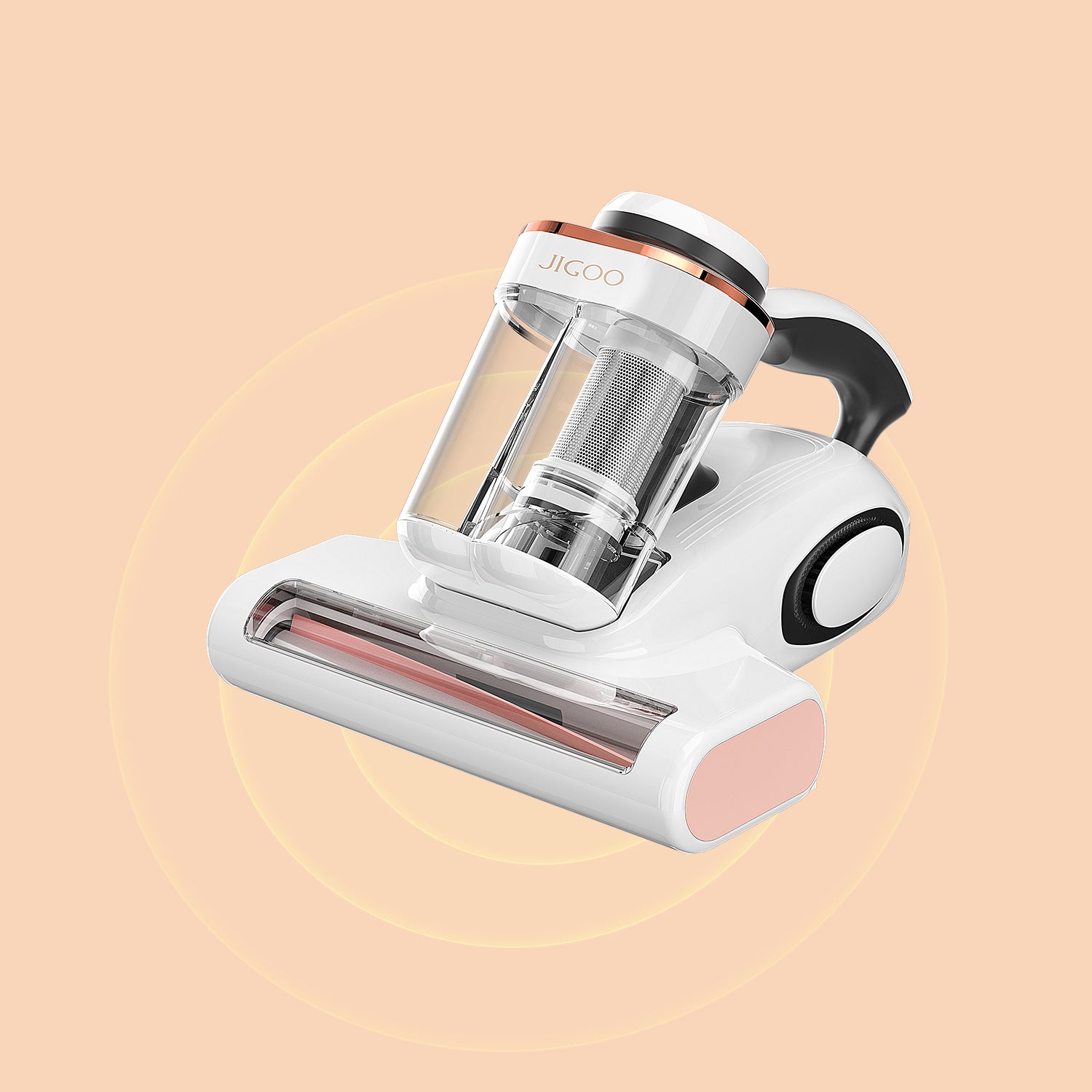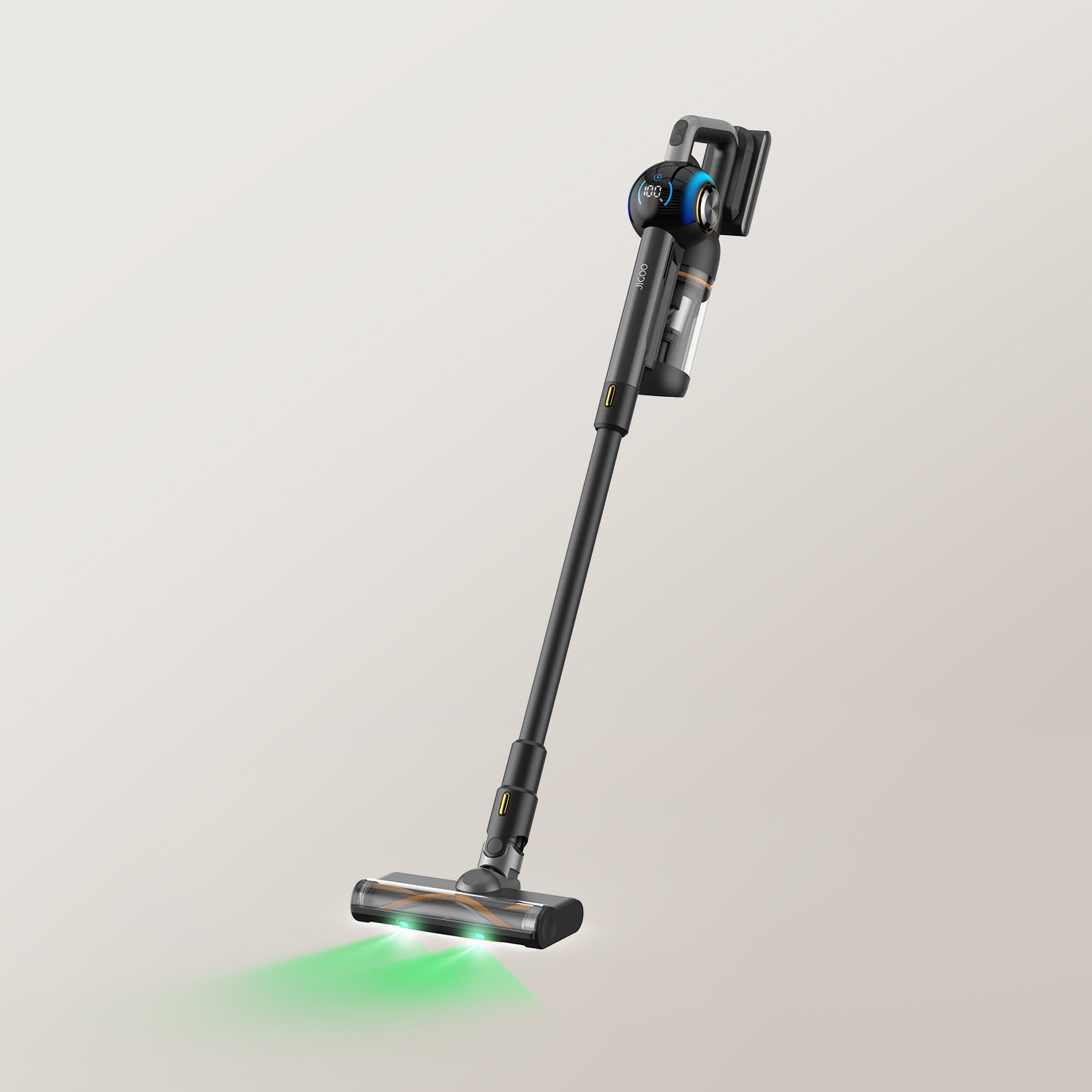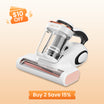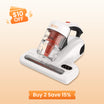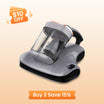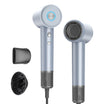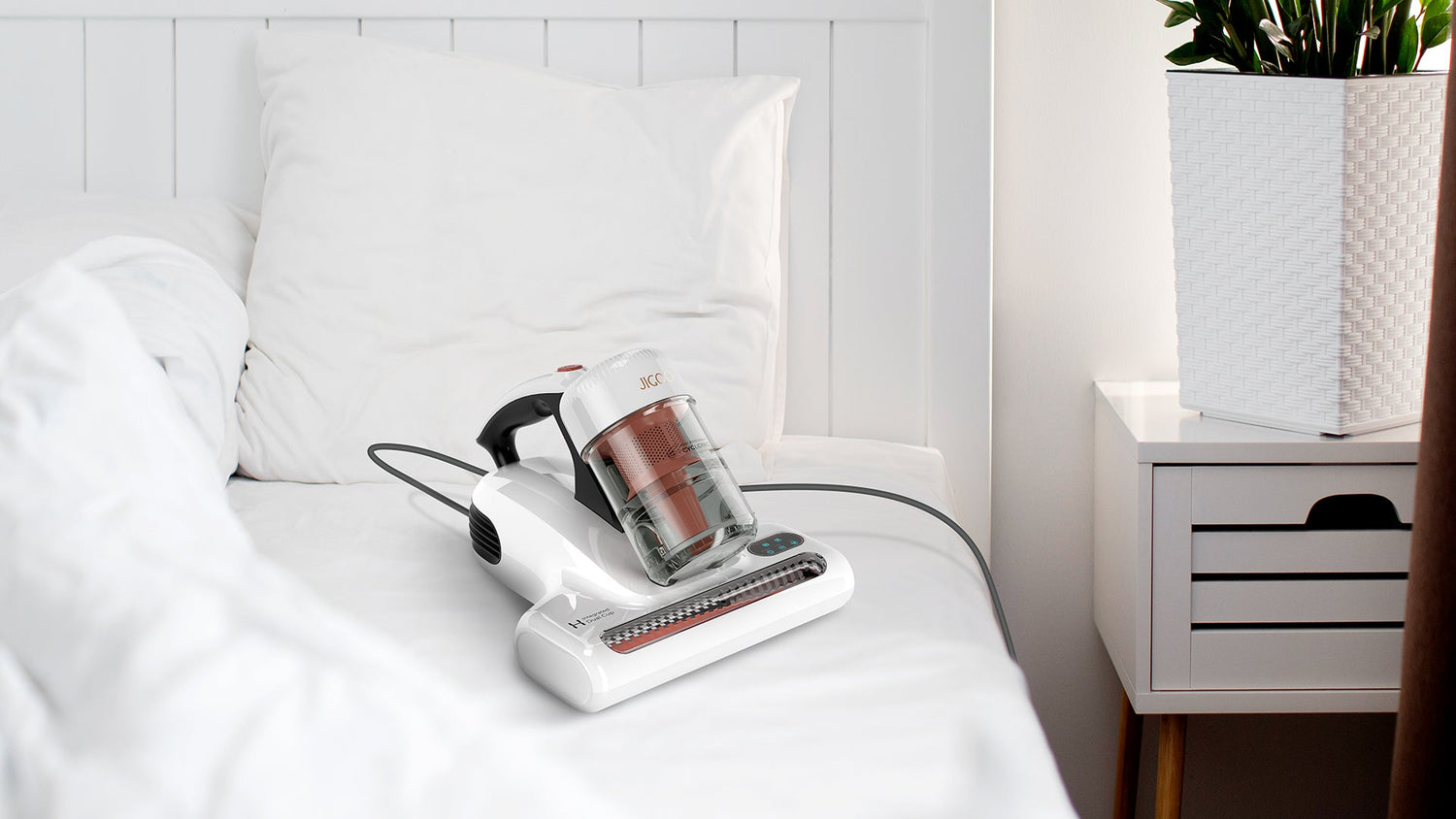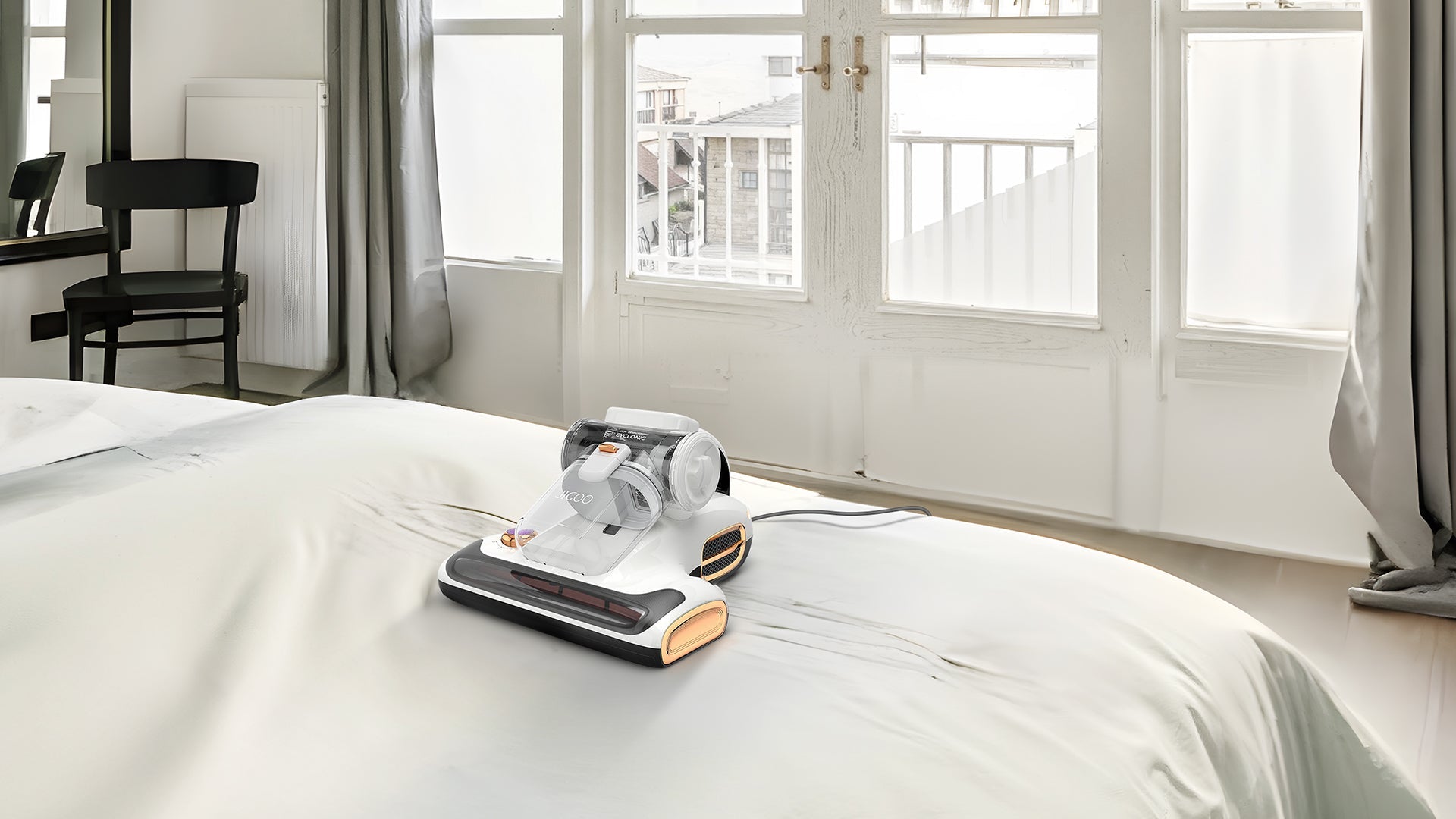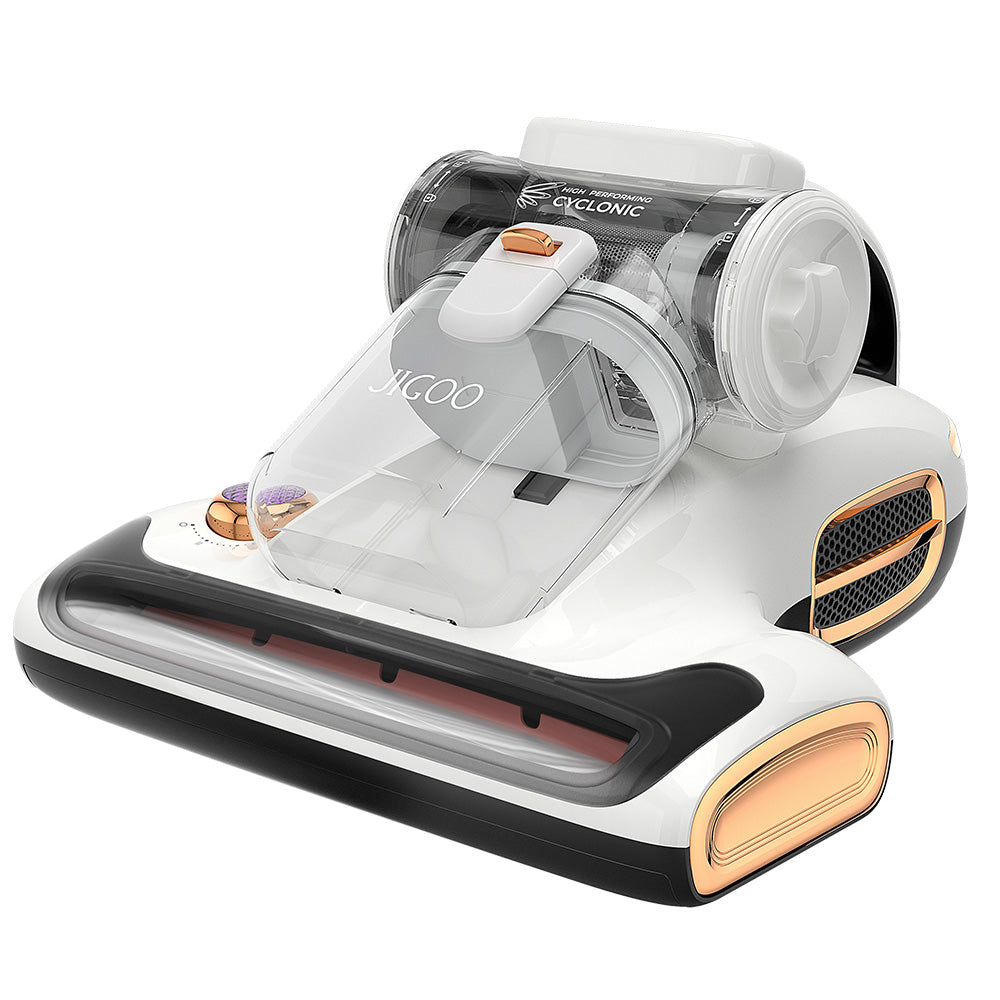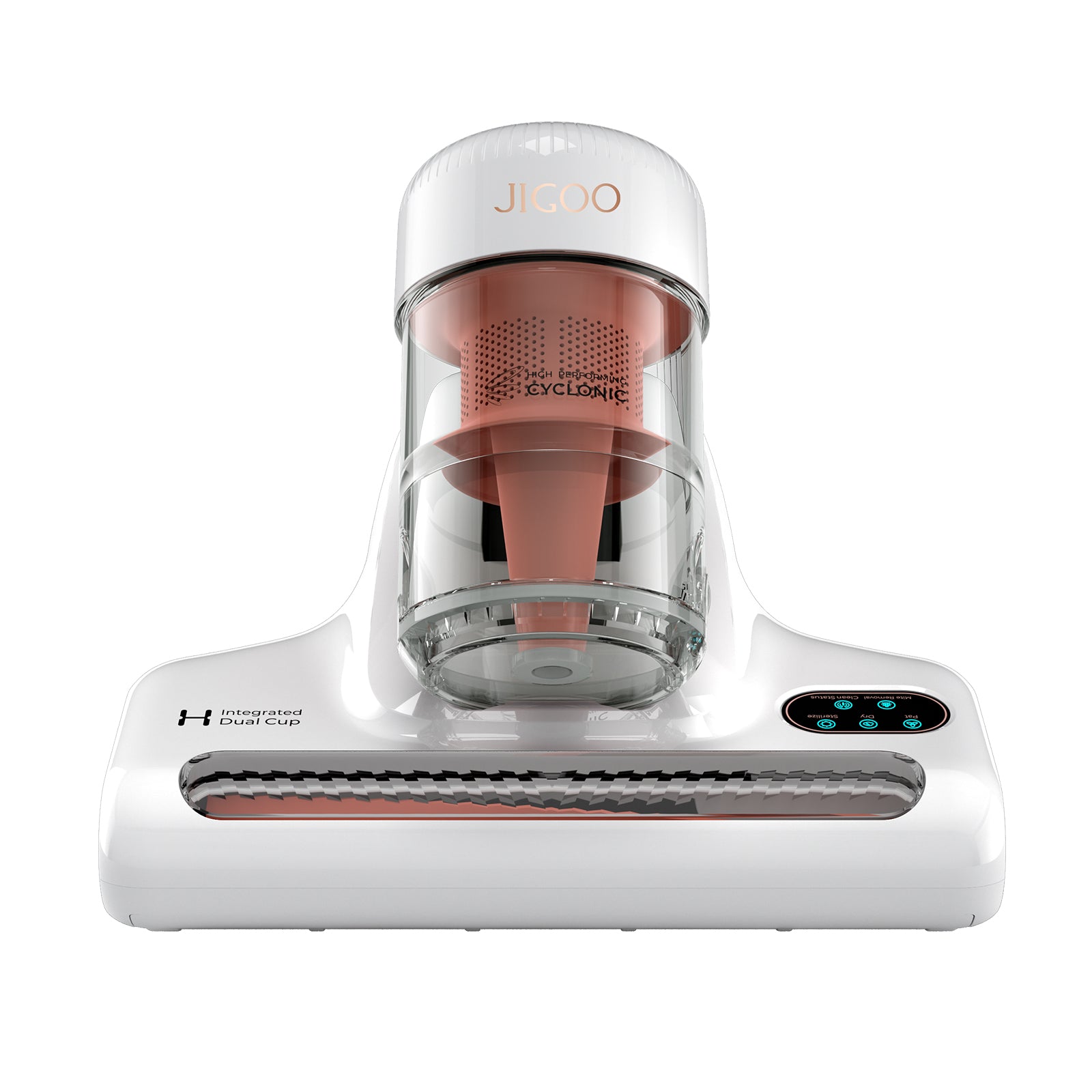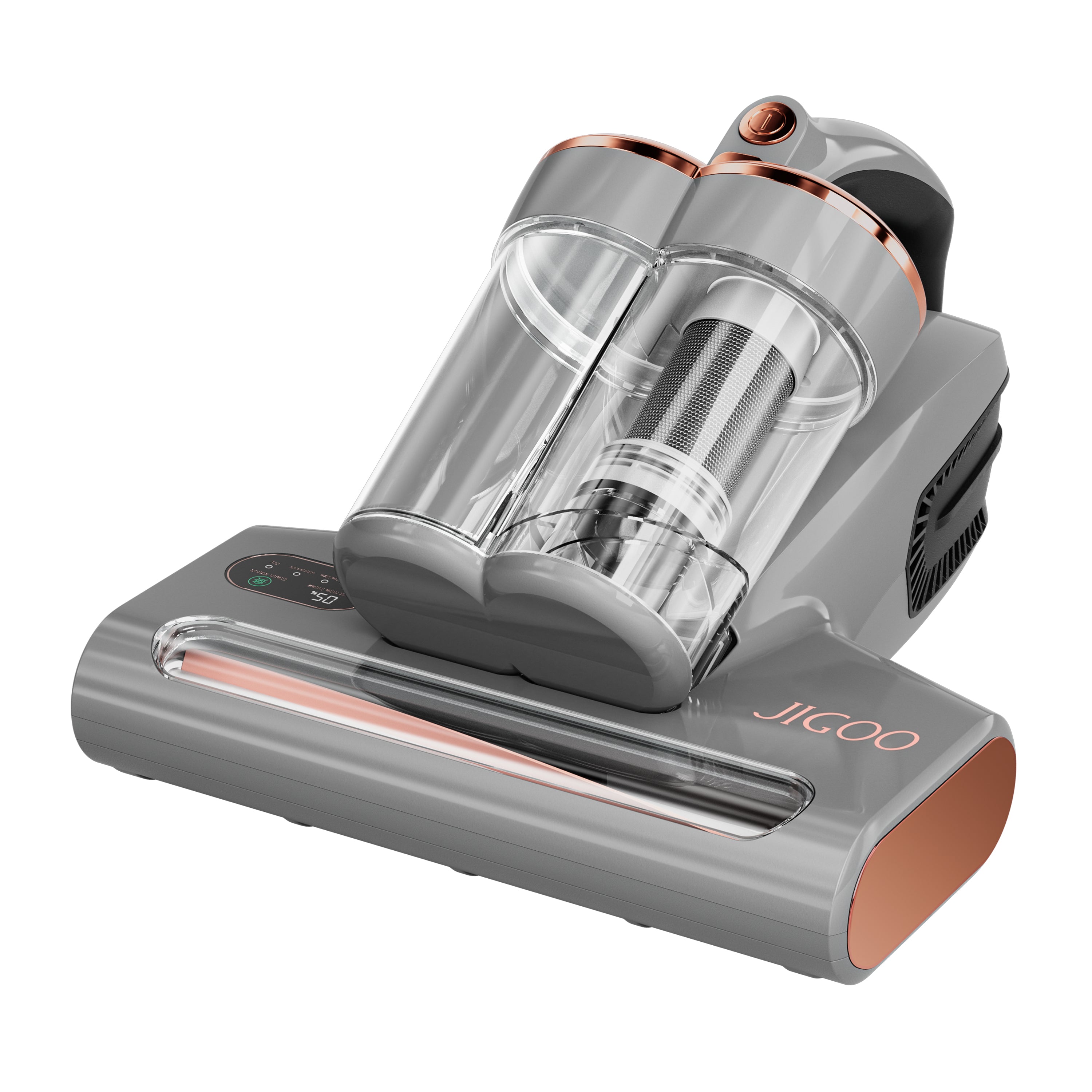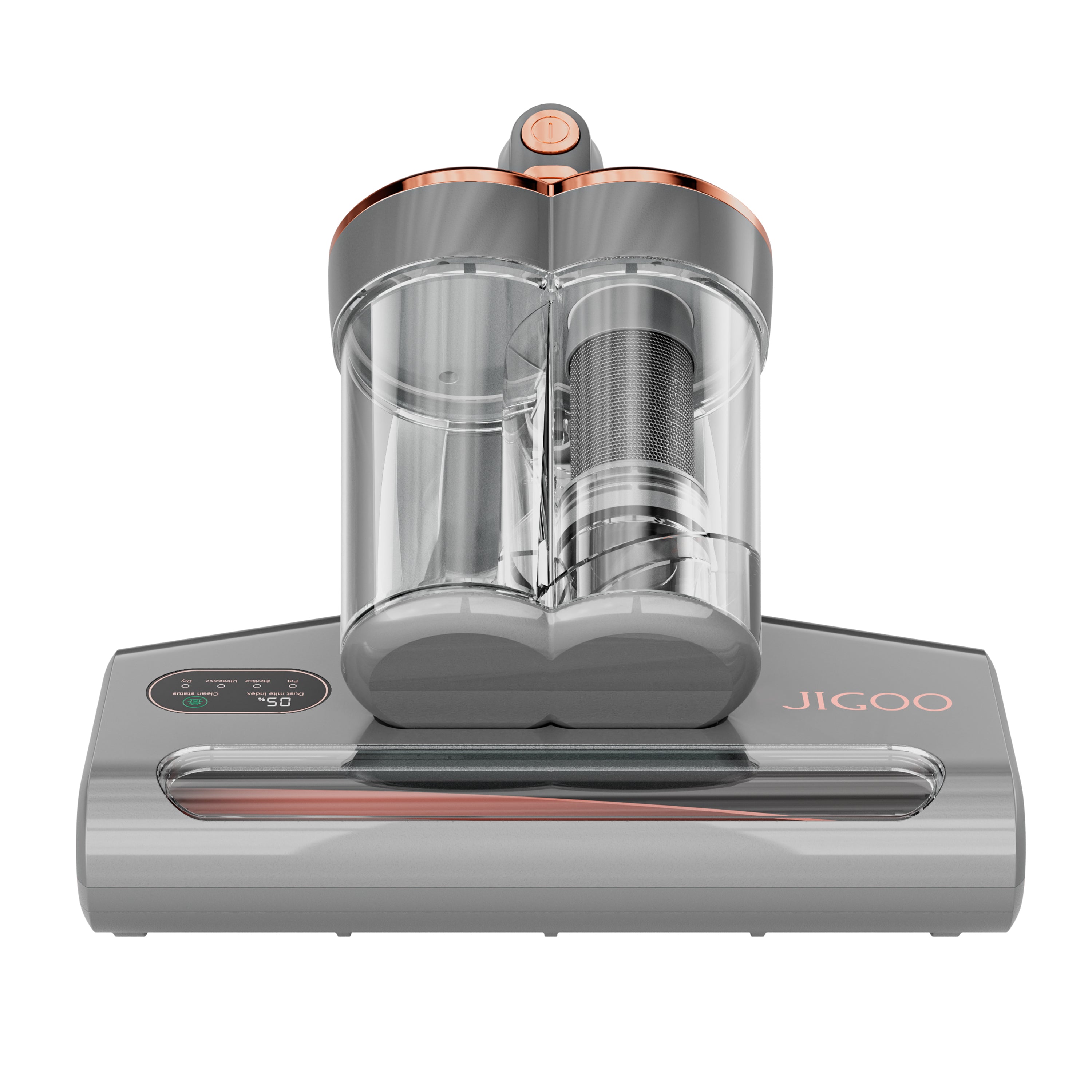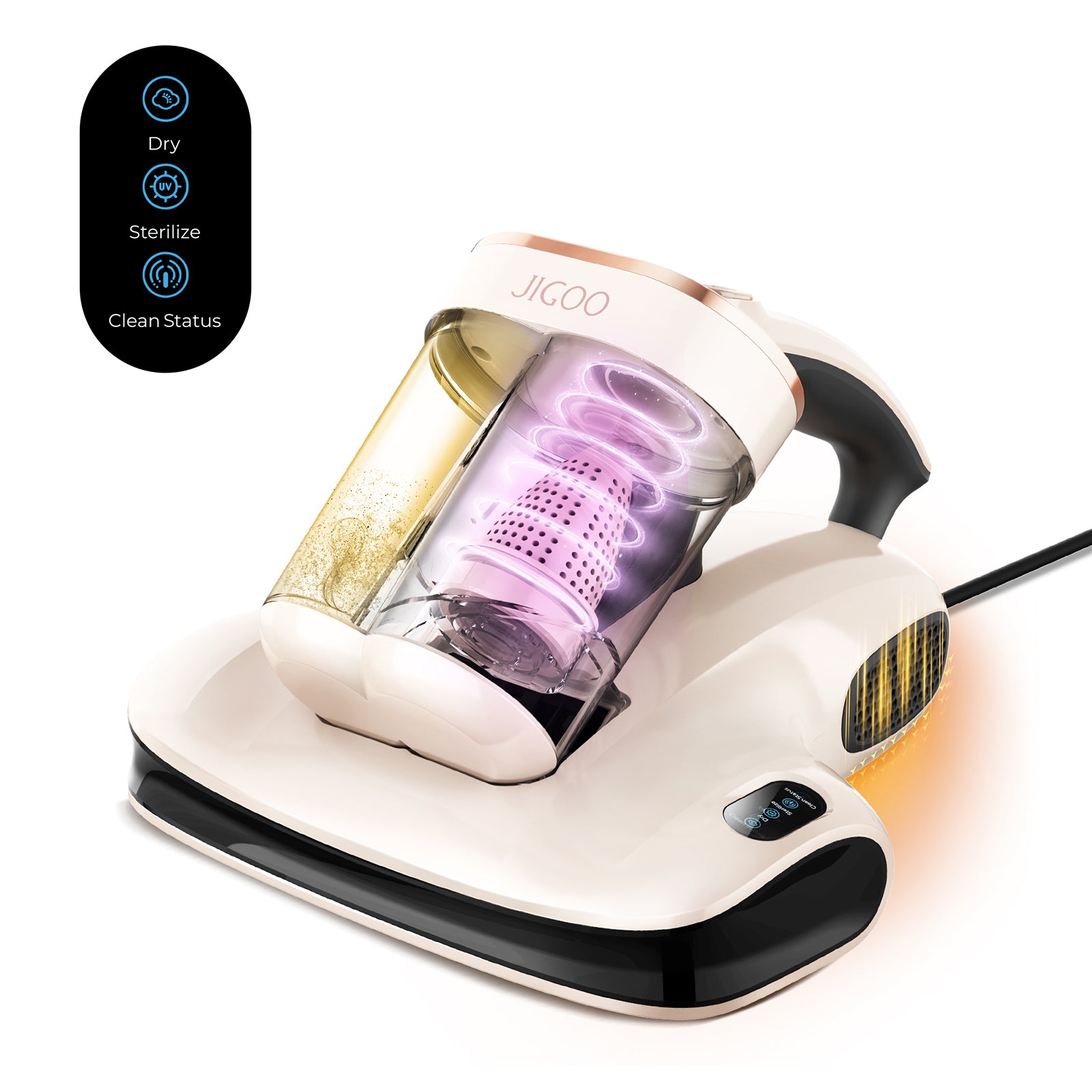In the ongoing battle against dust mites—a major trigger for allergies and asthma—our methods have changed dramatically over the past few decades. Gone are the days of traditional mite removal methods—today’s smart anti-mite devices handle the job with a single tap. The shift from traditional solutions of the past to today’s smart, eco-conscious solutions marks a cultural and technological revolution in how we maintain healthier homes.
Early Traditions: Folk Remedies and Manual Labor
Long before the scientific understanding of dust mites, people relied on intuition and traditions. Sun-drying bedding, beating mattresses, and using aromatic herbs were traditional practices found in many cultures. While these methods had some preventive effects, they couldn’t eliminate deeply embedded mites or their allergens. The problem was largely invisible, and so were its health consequences.
The Chemical Era: Quick Fixes with Hidden Costs
In the mid-to-late 20th century, as awareness of indoor allergens grew, so did reliance on chemical-based solutions—sprays, powders, and fumigants. These products promised quick results but came with other problems:
- Strong, lingering odors
- Skin and respiratory irritation
- Toxic residues on fabrics and surfaces
- Environmental harm from aerosol propellants and chemical runoff
Overuse often led to tolerance buildup in mites and increased indoor pollution—trading one problem for another.
Mechanical Devices Emerge: A Step Forward, but Still Basic
As chemical solutions began to fall out of favor due to health and environmental concerns, the late 1990s saw the emergence of mechanical devices. By the late 1990s and early 2000s, early mite vacuum cleaners entered the market, offering a physical and safer alternative. These devices typically relied on physical suction and basic UV sterilization. While they reduced chemical reliance, their effectiveness was limited because of the following drawbacks:
- Weak suction power and poor allergen retention
- Bulky, noisy designs
- Lack of real-time feedback or intelligent control
These limitations made early devices less appealing and confined their use to a small segment of health-conscious consumers.
The Rise of Smart Anti-Mite Devices: A Cultural and Technological Shift
As health-conscious lifestyles became mainstream in the 2010s, people began seeking more than just basic cleanliness—they wanted hygiene solutions that were effective, chemical-free, and seamlessly integrated into modern living.
This shift gave rise to a new generation of smart anti-mite devices. These advanced devices are equipped with intelligent mite detection sensors, UV-C sterilization, ultrasonic vibration, and multi-stage HEPA filtration. Designed for convenience and precision, they do more than just clean—they actively detect, dislodge, and remove mites and allergens, often with a single press of a button. Their popularity reflects broader cultural trends: eco-consciousness and the growing demand for automated, invisible home care.
From 2019 to 2025, the global anti-mite device market has grown rapidly. The introduction of early smart models around 2019 signaled a turning point, while consumer demand accelerated sharply from 2020 onward—fueled by rising health awareness among individuals and a surge in smart home adoption. By 2025, smart anti-mite devices are estimated to account for over 40% of the global market, marking a decisive shift toward cleaner, greener, and more intelligent home environments.
What’s Driving the Change?
Four key factors are fueling this transition.
- Health-Conscious Living: People are more informed about indoor allergens and are seeking solutions that don’t compromise air quality or personal well-being. Families want safe, residue-free cleaning—especially for mattresses, sofas, and children’s spaces.
- Technology Integration: Technological advancements have made it possible to design lightweight, intelligent, and automated devices that fit seamlessly into modern lifestyles. Devices like JIGOO’s integrate intelligent mite detection, UV-C sterilization, ultrasonic vibration, and noise-reducing materials—delivering deep, hygienic cleaning with minimal effort.
- Stricter Industry Regulations: With increasing regulatory pressure on health, safety, and sustainability, compliance has become essential. JIGOO meets these demands through rigorous testing and internationally certified standards such as CE and RoHS—ensuring every product is safe, reliable, and ready for today’s households.
- Elevated Expectations: Nowadays, consumers expect more than just function—they want form, quiet performance, and lasting value. JIGOO delivers on all fronts with thoughtfully engineered devices that combine performance with everyday comfort.
A Greener Path Forward
One of the most important outcomes of this evolution is its positive impact on the environment. Unlike disposable sprays and powders, today’s mite removal devices are reusable and energy-efficient. In Europe and North America, especially, there is a growing preference for eco-friendly home care solutions, aligned with broader movements toward sustainability and chemical reduction.
Conclusion: A Smarter Way to Clean
The evolution of mite removal tells a bigger story: one of growing health awareness, smarter choices, and cleaner living. At JIGOO, we’re proud to be part of this transformation—developing innovative solutions that prioritize your health and our planet. Ditch the chemicals. Embrace smart, hassle-free cleaning.
Explore the JIGOO Difference—Where Technology Meets Trust.

